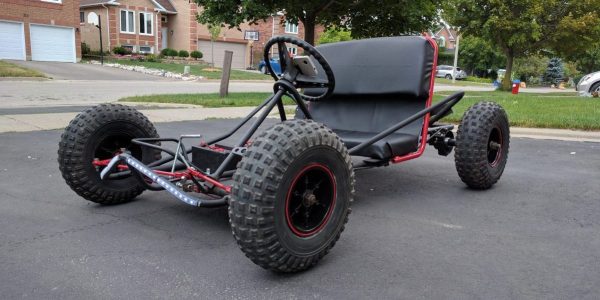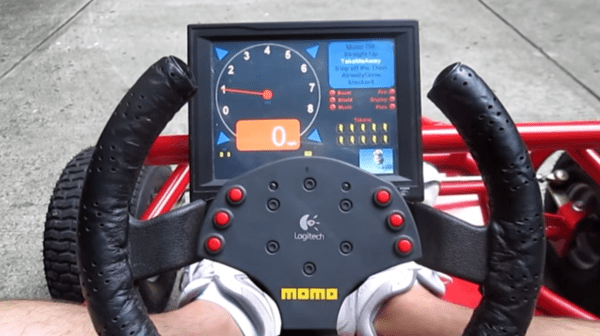Want to get somewhere safely, but all you have is a Segway? An afternoon spent tinkering can turn your Segway into a lounging cruiser with this hoverseat attachment, just like YouTuber [Inflatable Boats]’s hot new ride.
The backbone of the cart is the Segway Mini Pro. An aluminium frame attaches to the Segway via an eye-bolt and two carabiners, the larger of which has some tape wrapped around it to reduce wear. A swivel caster is attached with u-bolts to support the weight of the rider along the middle of this makeshift go-cart. Pushing on a t-handle made of pvc — connected to the Segway’s knee brace with a simple strap — engages the motor in lieu of the normal lean-to-go-forward action. Turning is simply done by swinging the handle or pressing with your feet.
Continue reading “Hoverchair For Your Hoverboard Turns Your Segway Into A Go-Kart”

















